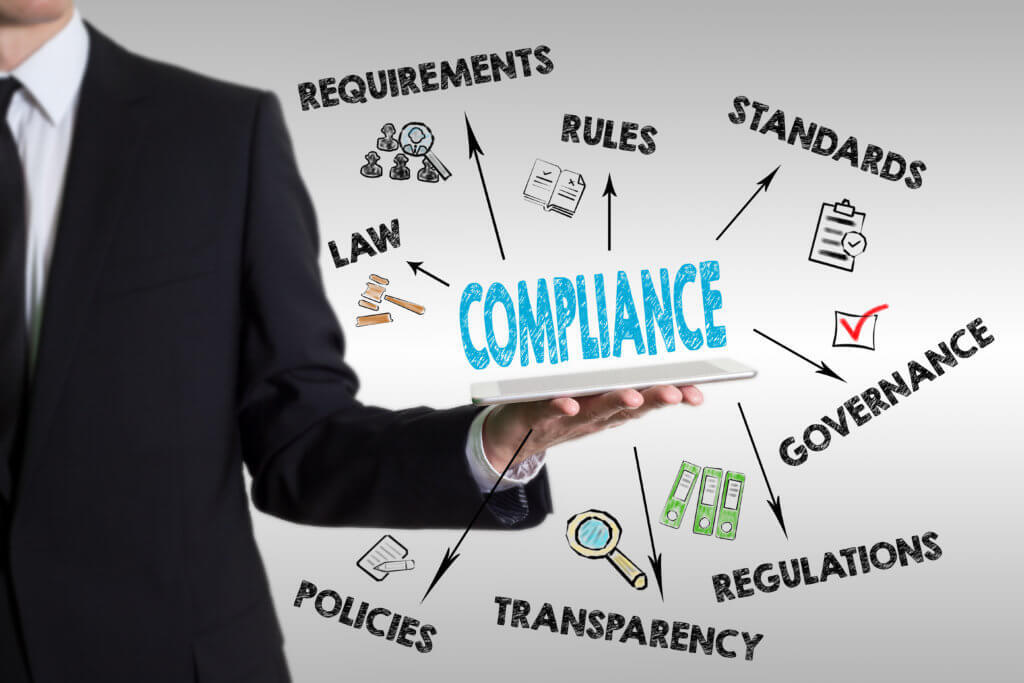Five Pillars of Data Governance Readiness: Initiative Sponsorship

“Facebook at the center of global reckoning on data governance.” This headline from a March 19 article in The Wall Street Journal sums up where we are. With only two months until the General Data Protection Regulation (GDPR) goes into effect, we’re going to see more headlines about improper data governance (DG) – leading to major fines and tarnished brands.
Since the news of the Facebook data scandal broke, the company’s stock has dropped and Nordea, the largest bank in the Nordic region, put a stop to Facebook investments for three months because “we see that the risks related to governance around data protection may have been severely compromised,” it said in a statement.
Last week, we began discussing the five pillars of data governance readiness to ensure the data management foundation is in place for mitigating risks, as well as accomplishing other organizational goals. There can be no doubt that data governance is central to an organization’s customer relationships, reputation and financial results.
So today, we’re going to explore the first pillar of DG readiness: initiative sponsorship. Without initiative sponsorship, organizations will struggle to obtain the funding, resources, support and alignment necessary for successful implementation and subsequent performance.
A Common Roadblock
Data governance isn’t a one-off project with a defined endpoint. It’s an on-going initiative that requires active engagement from executives and business leaders. But unfortunately, the 2018 State of Data Governance Report finds lack of executive support to be the most common roadblock to implementing DG.
This is historical baggage. Traditional DG has been an isolated program housed within IT, and thus, constrained within that department’s budget and resources. More significantly, managing DG solely within IT prevented those in the organization with the most knowledge of and investment in the data from participating in the process.
This silo created problems ranging from a lack of context in data cataloging to poor data quality and a sub-par understanding of the data’s associated risks. Data Governance 2.0 addresses these issues by opening data governance to the whole organization.
Its collaborative approach ensures that those with the most significant stake in an organization’s data are intrinsically involved in discovering, understanding, governing and socializing it to produce the desired outcomes. In this era of data-driven business, C-level executives and department leaders are key stakeholders.
But they must be able to trust it and then collaborate based on their role-specific insights to make informed decisions about strategy, identify new opportunities, address redundancies and improve processes.
So, it all comes back to modern data governance: the ability to understand critical enterprise data within a business context, track its physical existence and lineage, and maximize its value while ensuring quality and security.
Initiative Sponsorship: Encouraging Executive Involvement
This week’s headlines about Facebook have certainly gotten Mark Zuckerberg’s attention, as there are calls for the CEO to appear before the U.S. Congress and British Parliament to answer for his company’s data handling – or mishandling as it is alleged.
Public embarrassment, Federal Trade Commission and GDPR fines, erosion of customer trust/loyalty, revenue loss and company devaluation are real risks when it comes to poor data management and governance practices. Facebook may have just elevated your case for implementing DG 2.0 and involving your executives.
Business heads and their teams, after all, are the ones who have the knowledge about the data – what it is, what it means, who and what processes use it and why, and what rules and policies should apply to it. Without their perspective and participation in data governance, the enterprise’s ability to intelligently lock down risks and enable growth will be seriously compromised.
Appropriately implemented – with business data stakeholders driving alignment between DG and strategic enterprise goals and IT handling the technical mechanics of data management – the door opens to trusting data and using it effectively.
Also, a chief data officer (CDO) can serve as the bridge between IT and the business to remove silos in the drive toward DG and subsequent whole-of-business outcomes. He or she would be the ultimate sponsor, leading the charge for the necessary funding, resources, and support for a successful, ongoing initiative.
Initiative Sponsorship with an ‘EDGE’
Once key business leaders understand and buy into the vital role they play in a Data Governance 2.0 strategy, the work of building the infrastructure enabling the workforce and processes to support actively governing data assets and their alignment to the business begins.
To find it, map it, make sure it’s under control, and promote it to appropriate personnel requires a technology- and business-enabling platform that covers the entire data governance lifecycle across all data producer and consumer roles.
The erwin EDGE delivers an ‘enterprise data governance experience’ to unify critical DG domains, use role-appropriate interfaces to bring together stakeholders and processes to support a culture committed to acknowledging data as the mission-critical asset that it is, and orchestrate the key mechanisms that are required to discover, fully understand, actively govern and effectively socialize and align data to the business.
